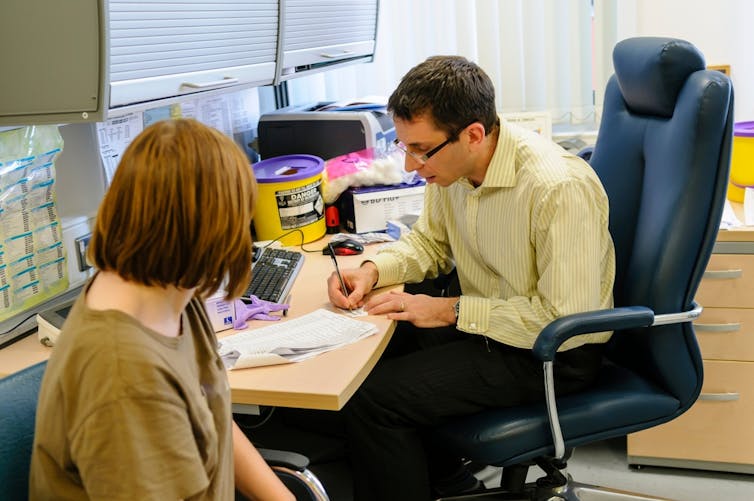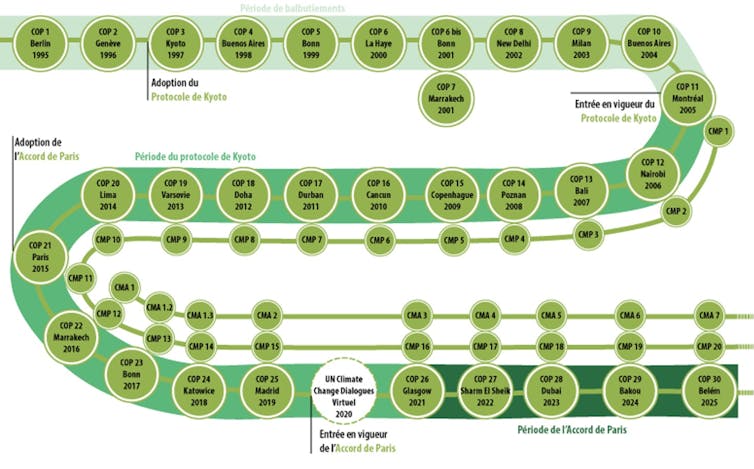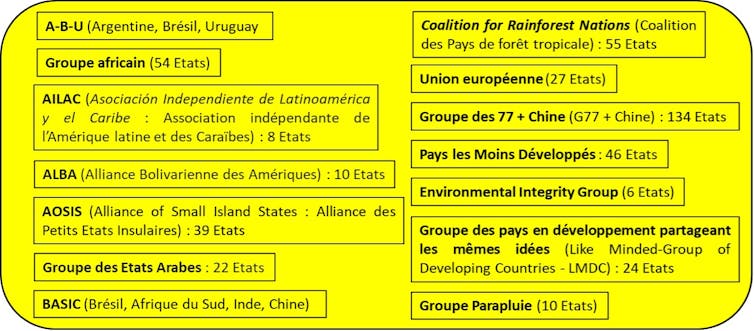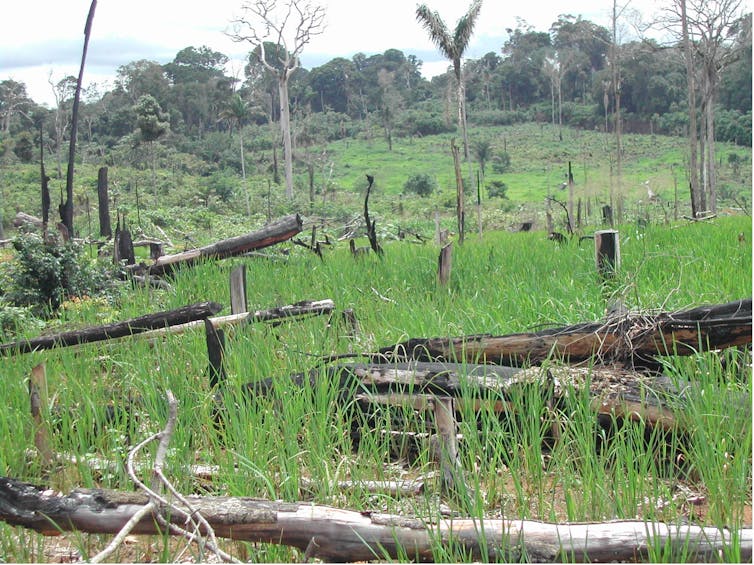Source: The Conversation – UK – By Damian Bailey, Professor of Physiology and Biochemistry, University of South Wales
With each breath, four out of every five molecules we inhale are nitrogen. This colourless, odourless gas makes up nearly 80% of the air that sustains us – yet it plays no direct role in keeping us alive. This same inert gas is now being used to take life.
In the past year, several US states have adopted nitrogen gas as a method for inmate execution, and a nitrogen‑filled “Sarco pod” (short for sarcophagus) euthanasia device has made headlines in Switzerland. While both claim to offer a calm, painless death, the science tells a different story.
Nitrogen asphyxiation kills by replacing breathable air with pure nitrogen, starving the brain and body of oxygen. It is described by some commentators as humane – a supposedly peaceful fading into unconsciousness without pain or panic. But the physiological reality is far more disturbing.
As oxygen levels plummet, the body’s survival systems erupt into panic. People gasp, choke, thrash and experience terrifying air hunger as their cells suffocate. These are not the signs of a gentle passing but of a body desperately fighting for life.
What began as a speculative idea has now become practice. Alabama, Louisiana, Oklahoma, Arkansas and Mississippi have approved nitrogen executions, with several already carried out and more planned. Others, including Ohio and Nebraska, are considering legislation.
The shift has been driven by shortages of lethal-injection drugs and a search for seemingly “cleaner” methods. Yet eyewitness accounts from a recent execution reveal visible suffering lasting minutes before death: violent convulsions, heaving, gasping and desperate attempts to breathe.
Advocates claim that removing oxygen while keeping carbon dioxide levels low prevents panic – a claim rooted in misunderstanding. The body is exquisitely sensitive to oxygen deprivation. Tiny sensors in our neck, called carotid bodies, constantly monitor oxygen levels. When levels fall, they trigger powerful signals to breathe harder.
Air hunger
This response, known as air hunger, is one of the most distressing sensations humans can experience. Unlike drifting into unconsciousness under anaesthesia, oxygen starvation brings an overwhelming feeling of suffocation, panic and terror.
Even trained pilots, exposed to sudden oxygen loss at high altitude, describe severe breathlessness and confusion within seconds – that interval before incapacitating confusion constitutes a state known in aviation medicine as the “time of useful consciousness”.
At 50,000 feet, pilots have less than 12 seconds before confusion sets in – and those moments are anything but peaceful, equivalent to breathing almost pure nitrogen at ground level. The experience is so traumatic that military and commercial pilots undergo hypoxia recognition training precisely to avoid confusion and loss of control when oxygen fails.
In nitrogen executions, the situation is far worse. Prisoners are restrained, unable to expand their chest fully against straps that restrict breathing, amplifying the sense of suffocation. Witnesses have reported prolonged movements and vocalisations, consistent with the body’s involuntary struggle to breathe – unmistakable signs of physiological distress, not serene unconsciousness.
A similar claim of a “gentle” death has entered debates over assisted suicide. In Switzerland, the Sarco pod – a 3D‑printed capsule filled with nitrogen – has been marketed as an elegant, pain‑free way to die. Its inventor, Dr Philip Nitschke, has said users “drift off peacefully”. However, there is no substantial evidence to support this.
The first reported use in 2024 triggered a criminal investigation, and the lack of reported eyewitness accounts makes it impossible to know what the person experienced.
The notion that breathing pure nitrogen induces calm probably stems from confusion with nitrogen narcosis – the intoxicating effect deep‑sea divers feel under high pressure. Yet this “martini effect” occurs only when nitrogen is breathed at several times normal atmospheric pressure.
At sea level, nitrogen simply displaces oxygen, causing hypoxia and anoxia without any sedative properties. The result is not a blissful drift into unconsciousness, but a terrifying physiological fight for air.
Breathing pure nitrogen can cause loss of consciousness within about 20 seconds as blood oxygen falls below critical levels. But even in that brief window, there are several agonising seconds of confusion and suffocation. Death soon follows as the brain and heart are starved of oxygen. Far from being humane, this process resembles drowning without water – silent, invisible, yet equally violent.
The ethical implications are profound. In response to concerns, three major suppliers of medical‑grade nitrogen in the US have banned sales for executions. Yet some policymakers present the method as clean and clinical, even though medical evidence suggests the physical experience is far from peaceful. That is both scientifically and morally misleading.
Death by nitrogen is indeed invisible and silent in itself – no blood, no smoke, no residue. But that silence masks a violent physiological response from gasping and retching to brutal respiratory distress and convulsions.
To call this humane is to fundamentally misunderstand how the body works. As policymakers and the public confront these developments, decisions must be guided not by euphemisms or convenience but by evidence.
Science makes one fact clear: nitrogen itself may be quiet, but it most certainly is not kind.
If you’re struggling with suicidal thoughts, call Samaritans UK at 116 123.
![]()
Damian Bailey is supported by a Royal Society Wolfson Research Fellowship (Grant No. WM170007).
Damian Bailey is Editor-in-Chief of Experimental Physiology, Chair of the Life Sciences Working Group, member of the Human Spaceflight and Exploration Science Advisory Committee to the European Space Agency and member of the Space Exploration Advisory Committee to the UK and Swedish National Space Agencies. Damian Bailey is also affiliated to Bexorg, Inc. (USA) focused on the technological development of novel biomarkers of cerebral bioenergetic function and structural damage in humans.
David Poole receives funding from the National Institutes of Health and Is the Elizabeth Chapin Burke Chair for the College of Health and Human Sciences.
Vaughan Macefield receives funding fromThe National Health and Medical Research Council (Australia) and the National Institutes of Health (USA)
– ref. Silent but not serene: what science says about nitrogen death – https://theconversation.com/silent-but-not-serene-what-science-says-about-nitrogen-death-267692














